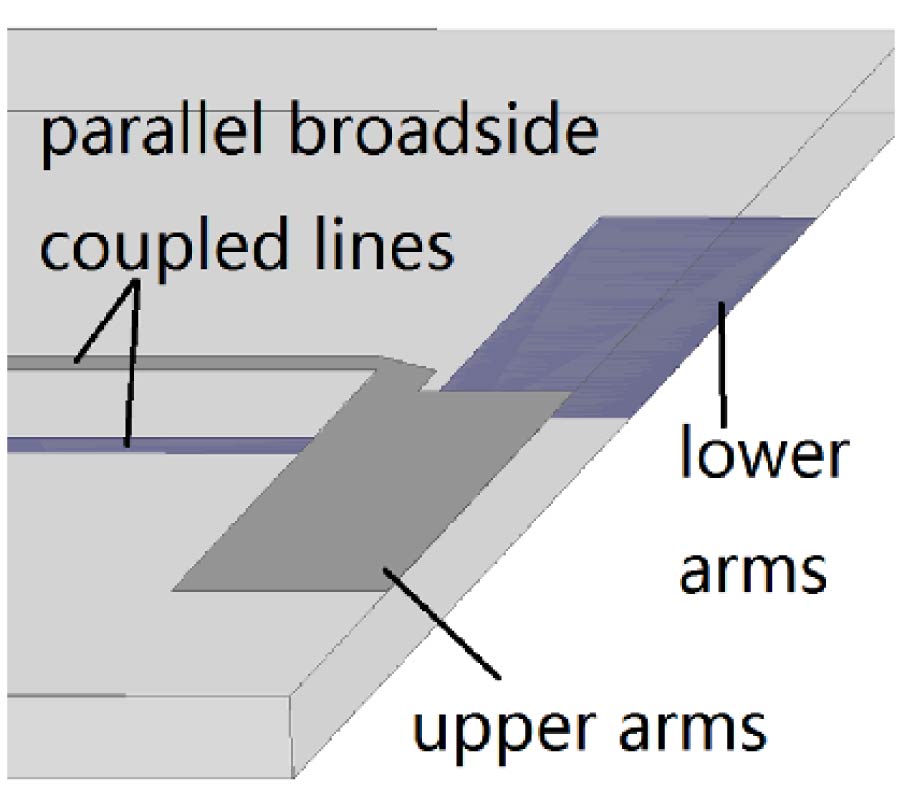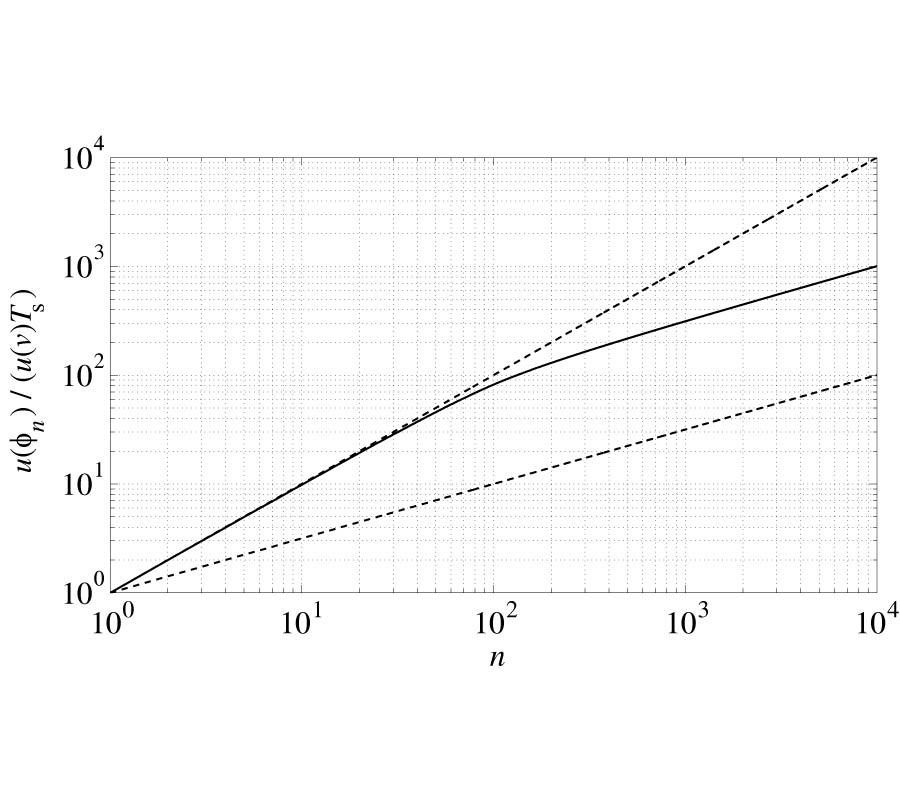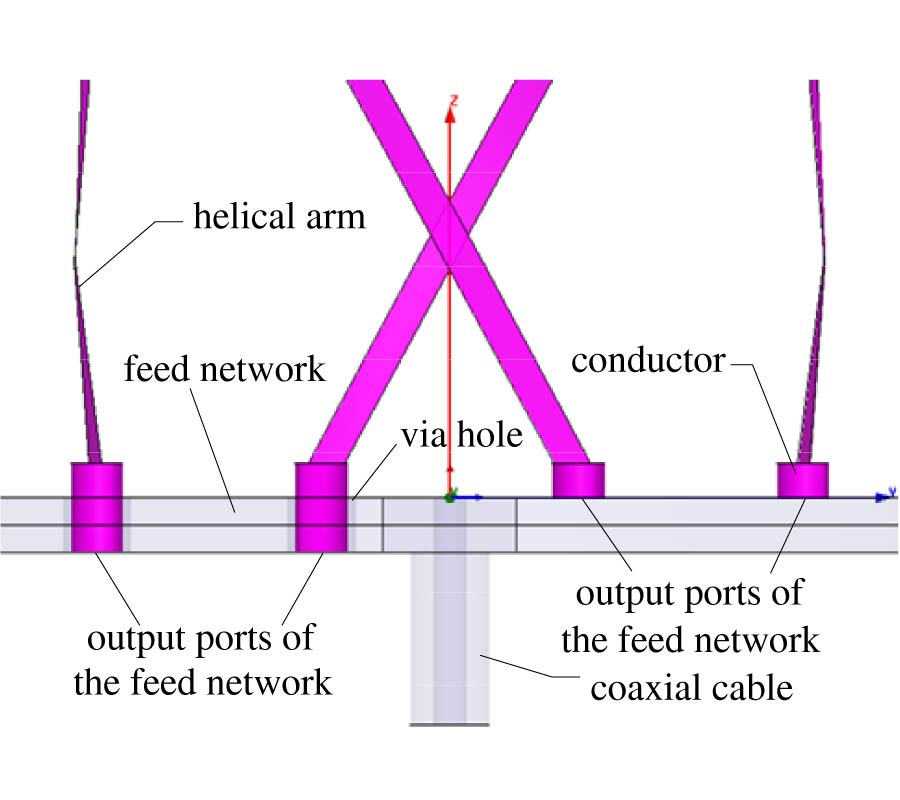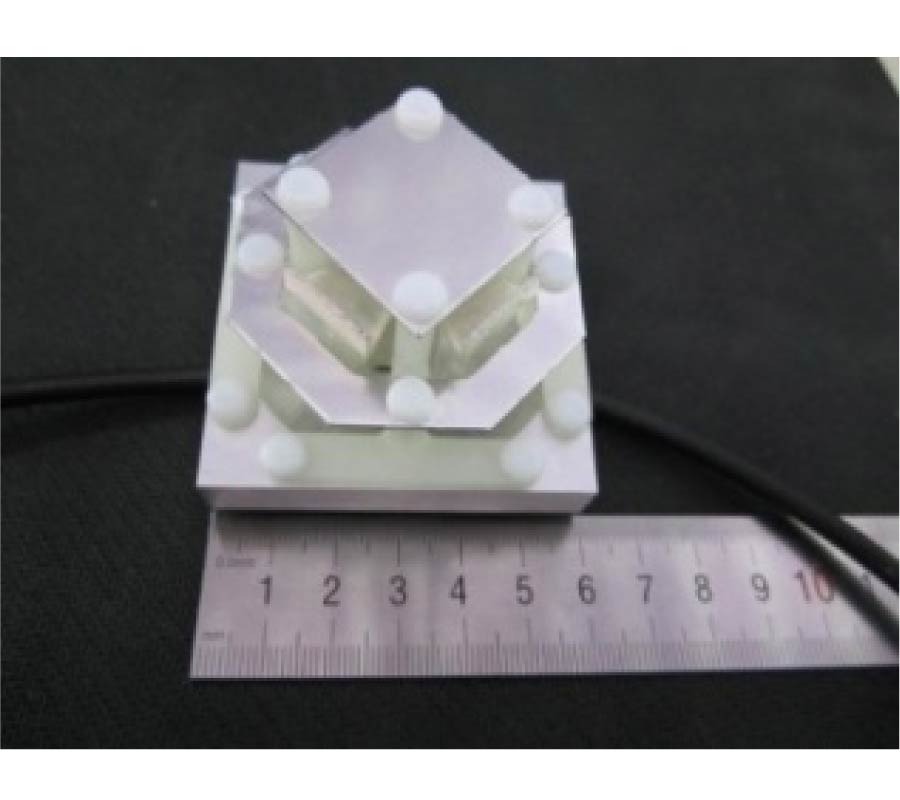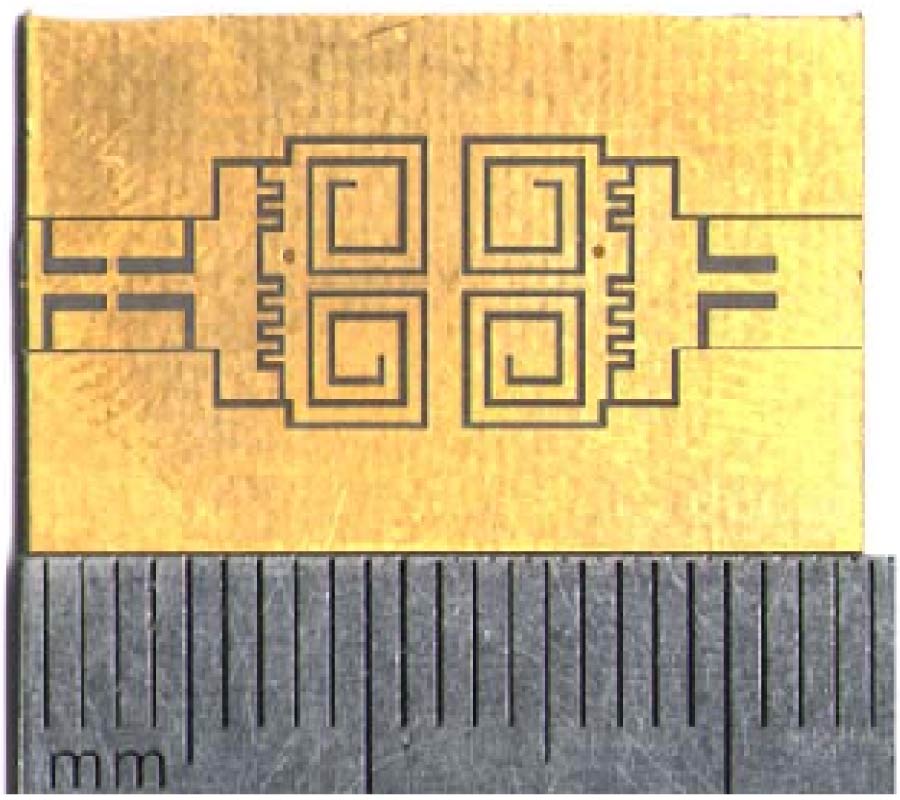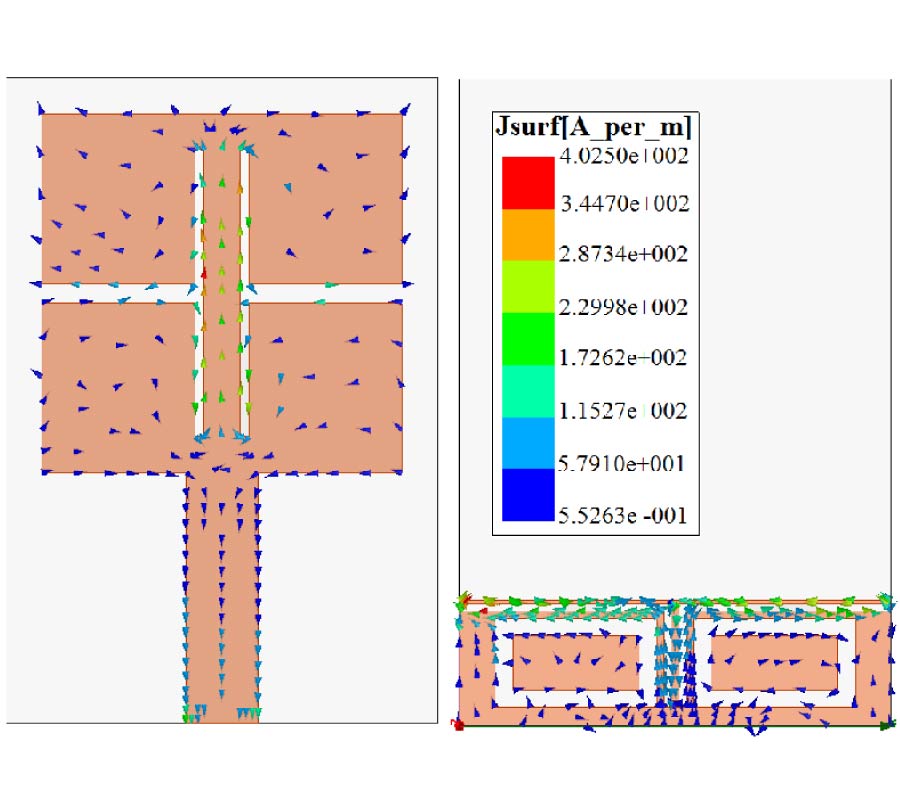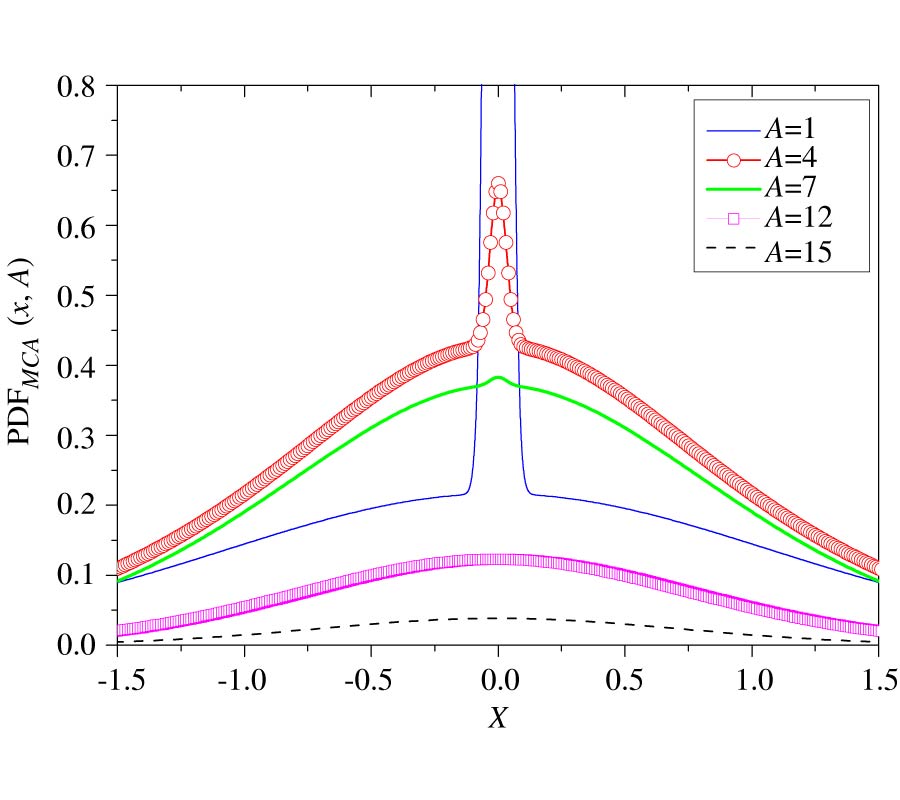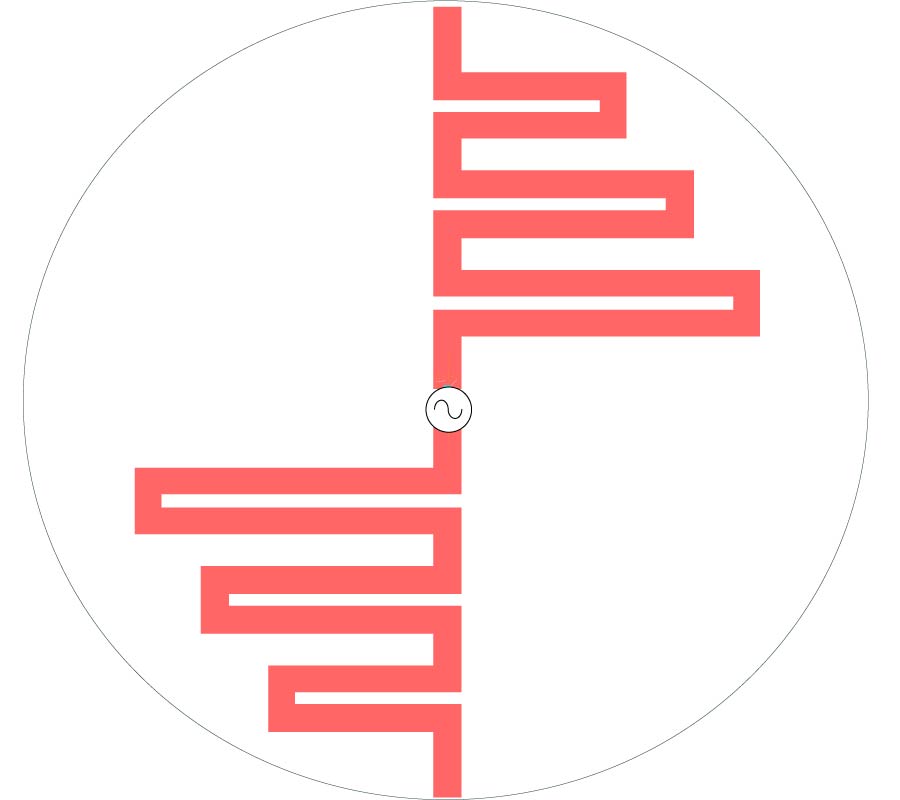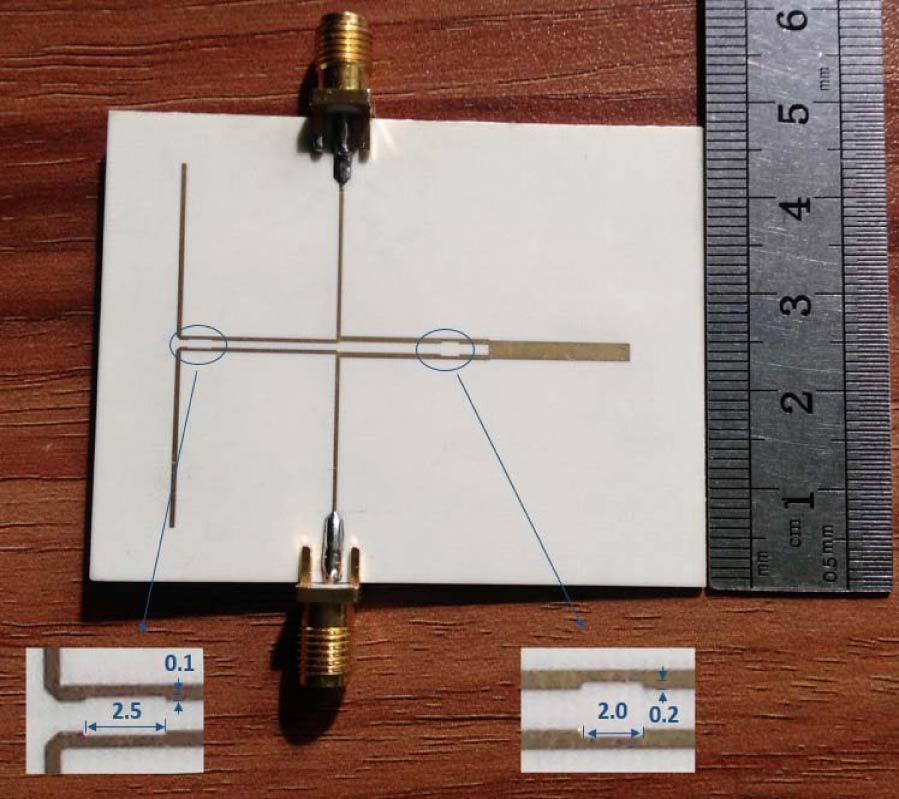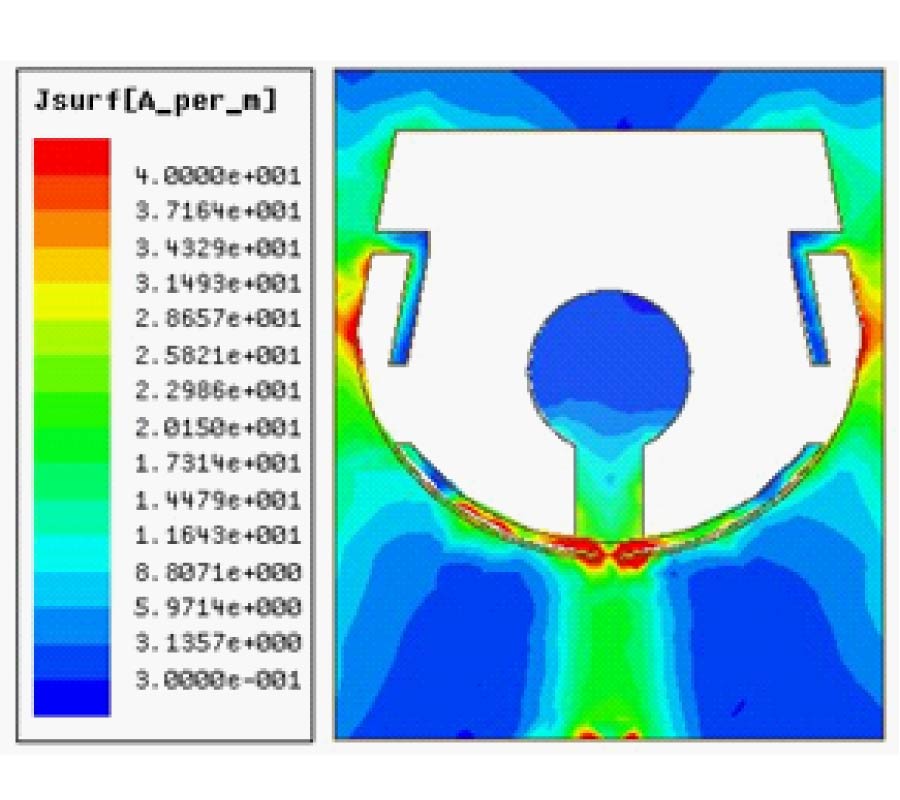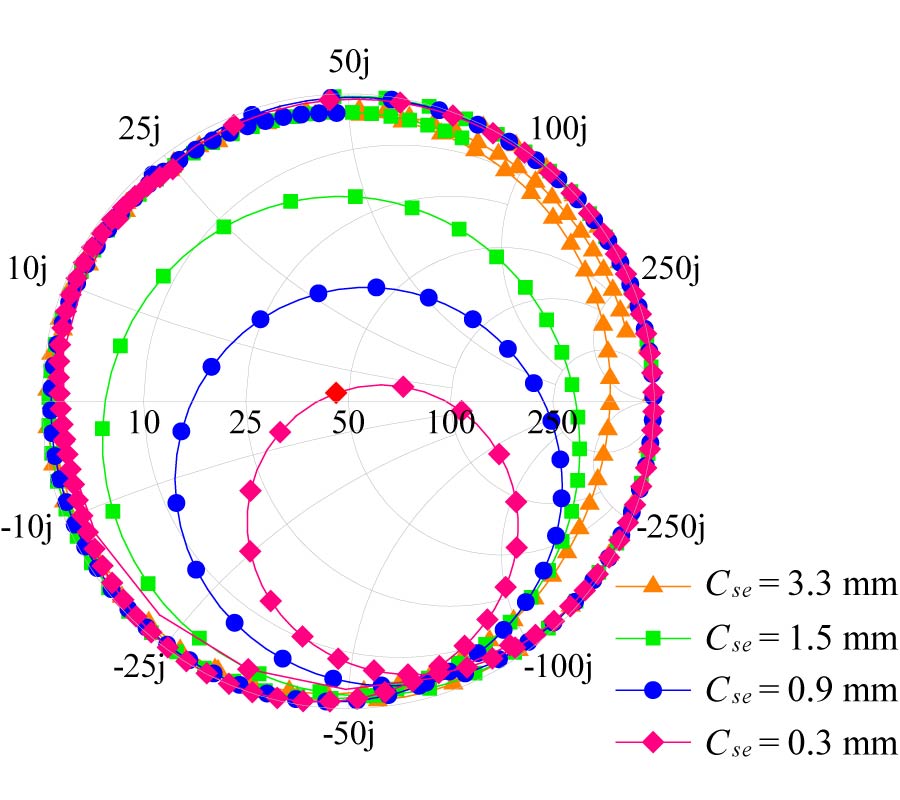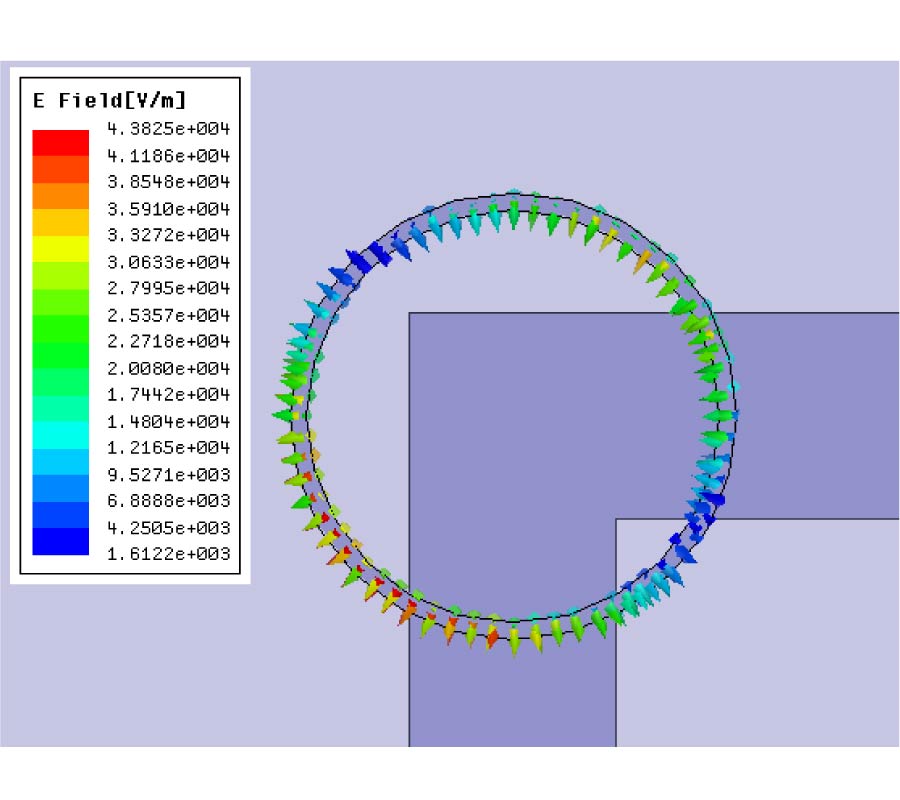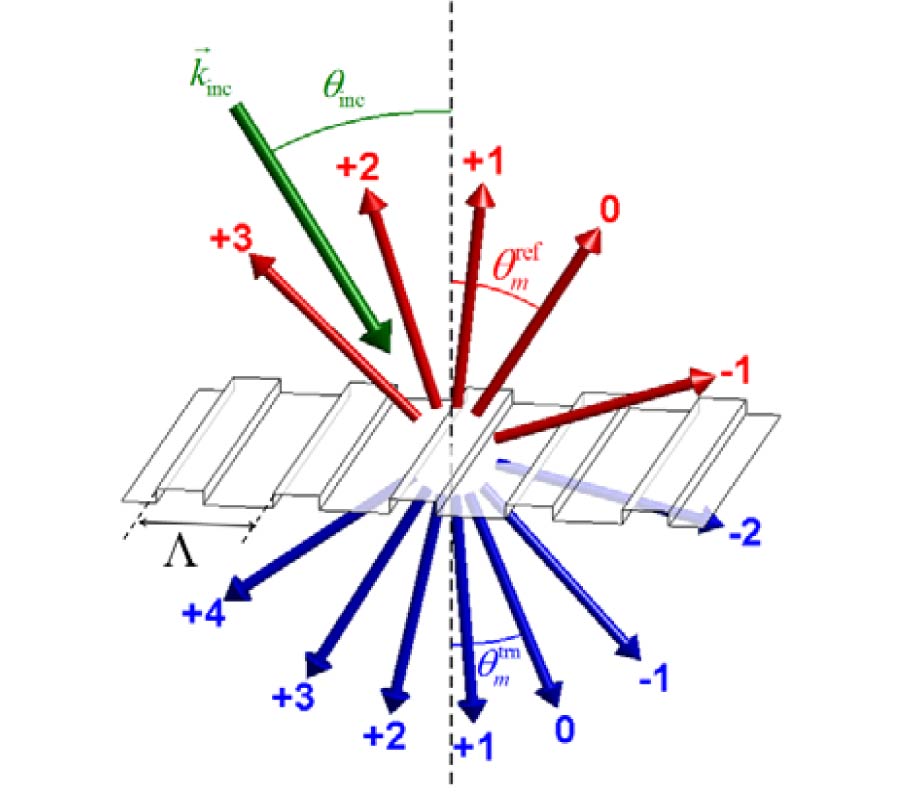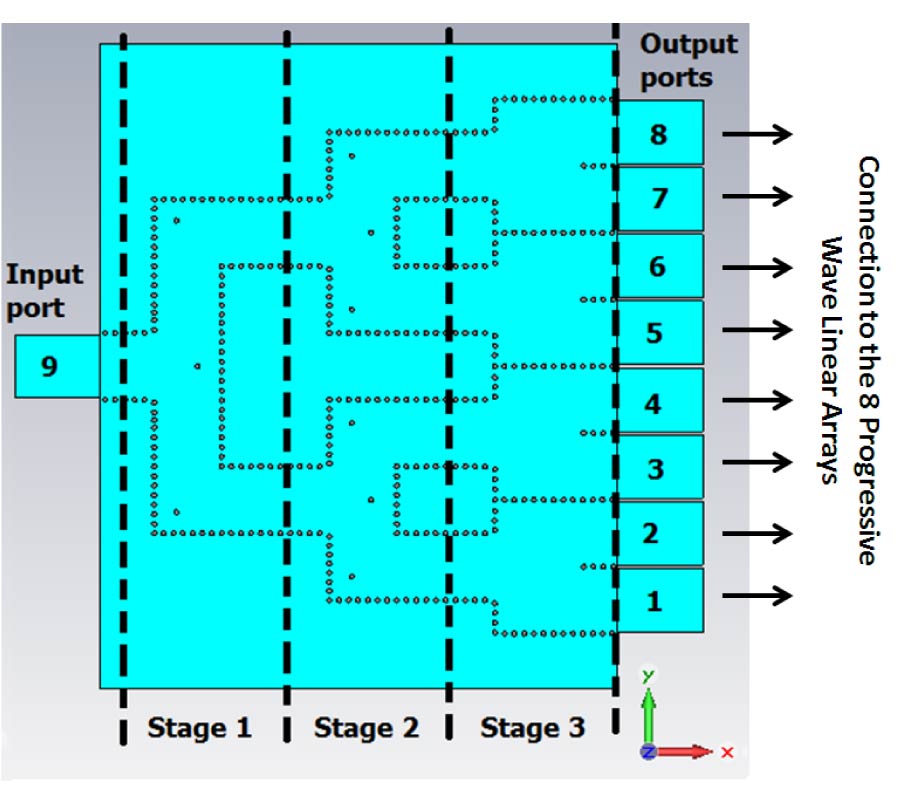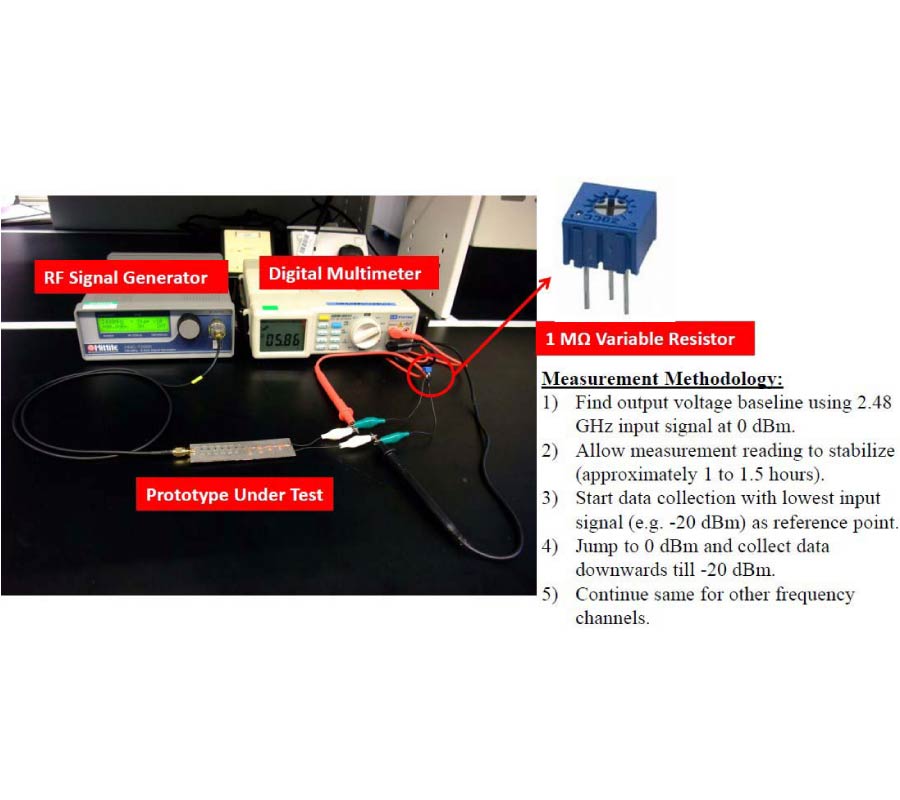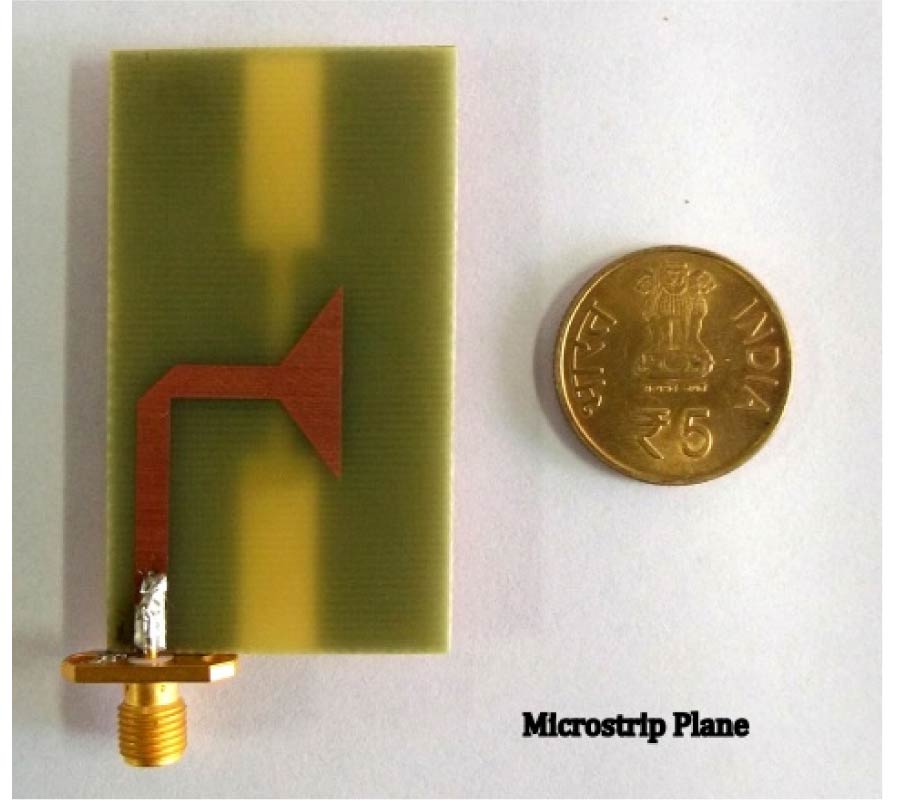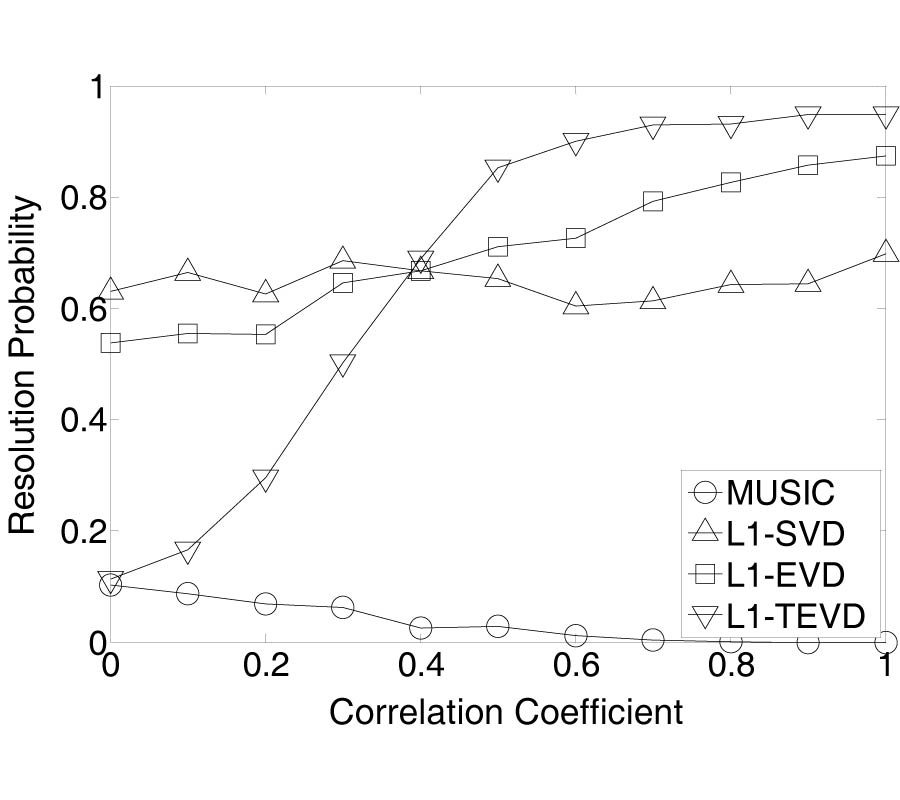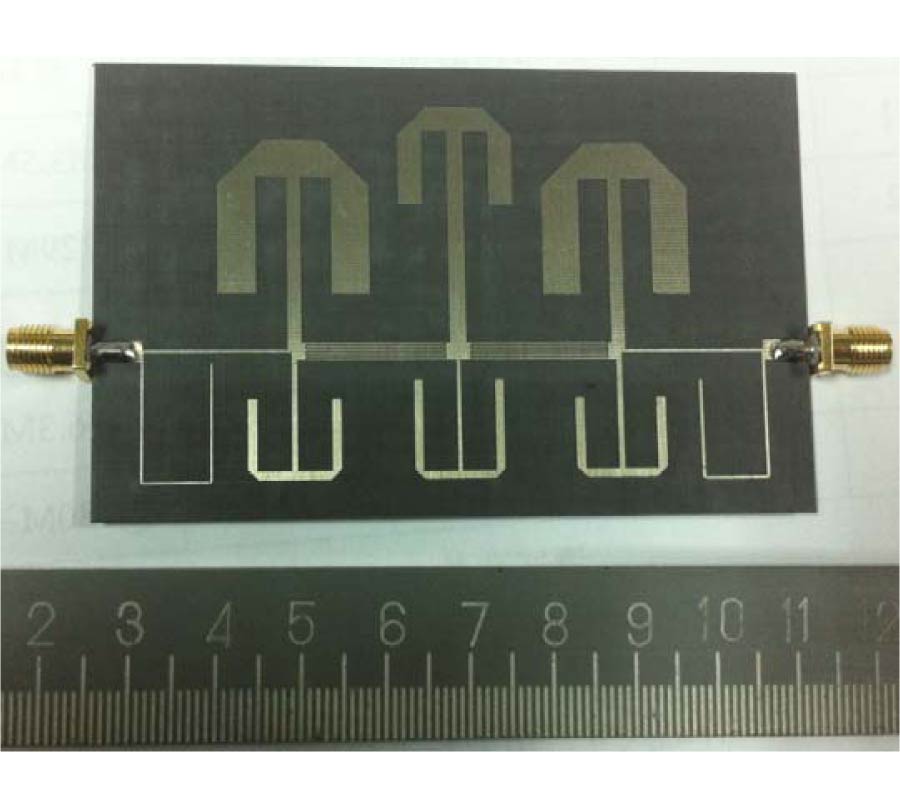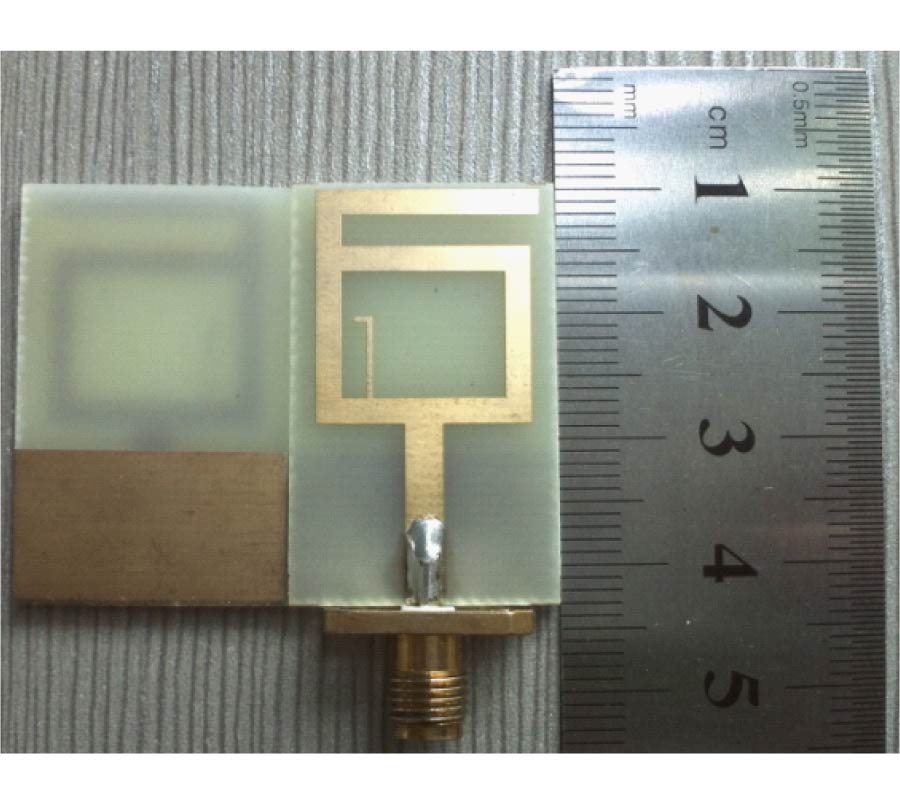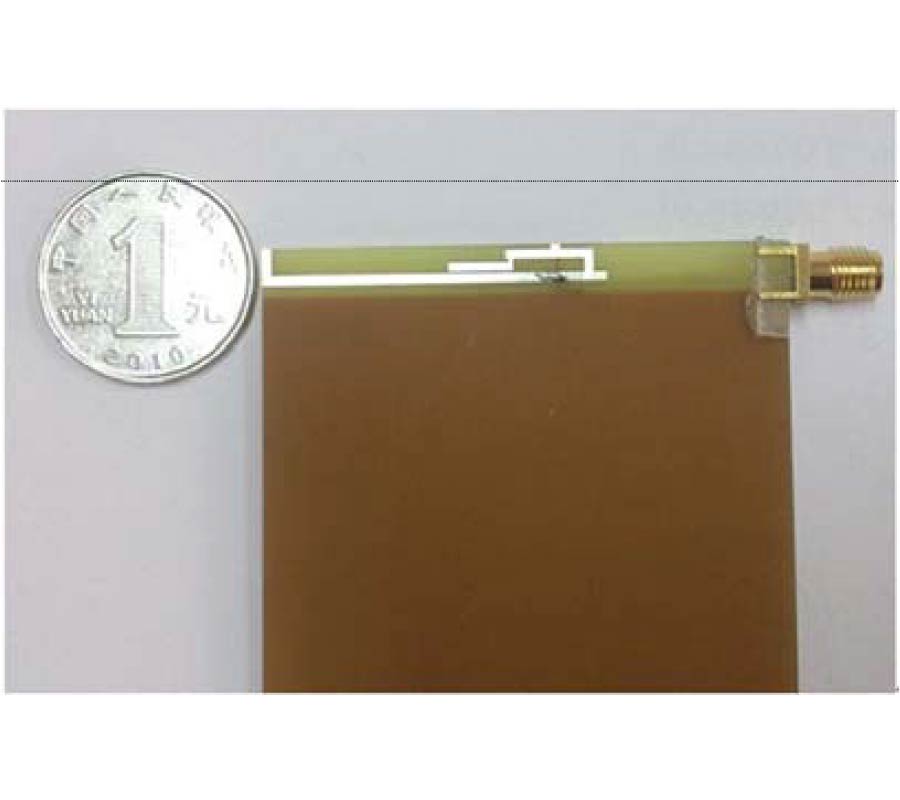Compact Multiband Folded Ifa for Mobile Application
Shu-Xi Gong,
Pei Duan,
Peng-Fei Zhang,
Fuwei Wang,
Qiaona Qiu and
Qian Liu
A compact multiband Inverted-F Antenna (IFA) for the use in a mobile phone is presented. By adopting a novel folded 3-D structure, a quarter-wave resonator and a parasitic strip, the proposed antenna covers eight bands and exhibits reduced electrical size and low profile. S11 less than -6 dB is obtained in the GSM900, GSM1800, DCS, Bluetooth, Wi-Fi, WLAN5.2, WLAN5.8 and the WiMAX bands. The dimensions of the proposed antenna with the 3-D structure are only 39.6×4.3×3.4 mm3, which are very small in respect with other antennas in mobile terminal devices. A prototype of the proposed antenna is fabricated and measured. Measured and simulated results exhibit good bandwidth, radiation patterns and efficiency across all eight bands.
